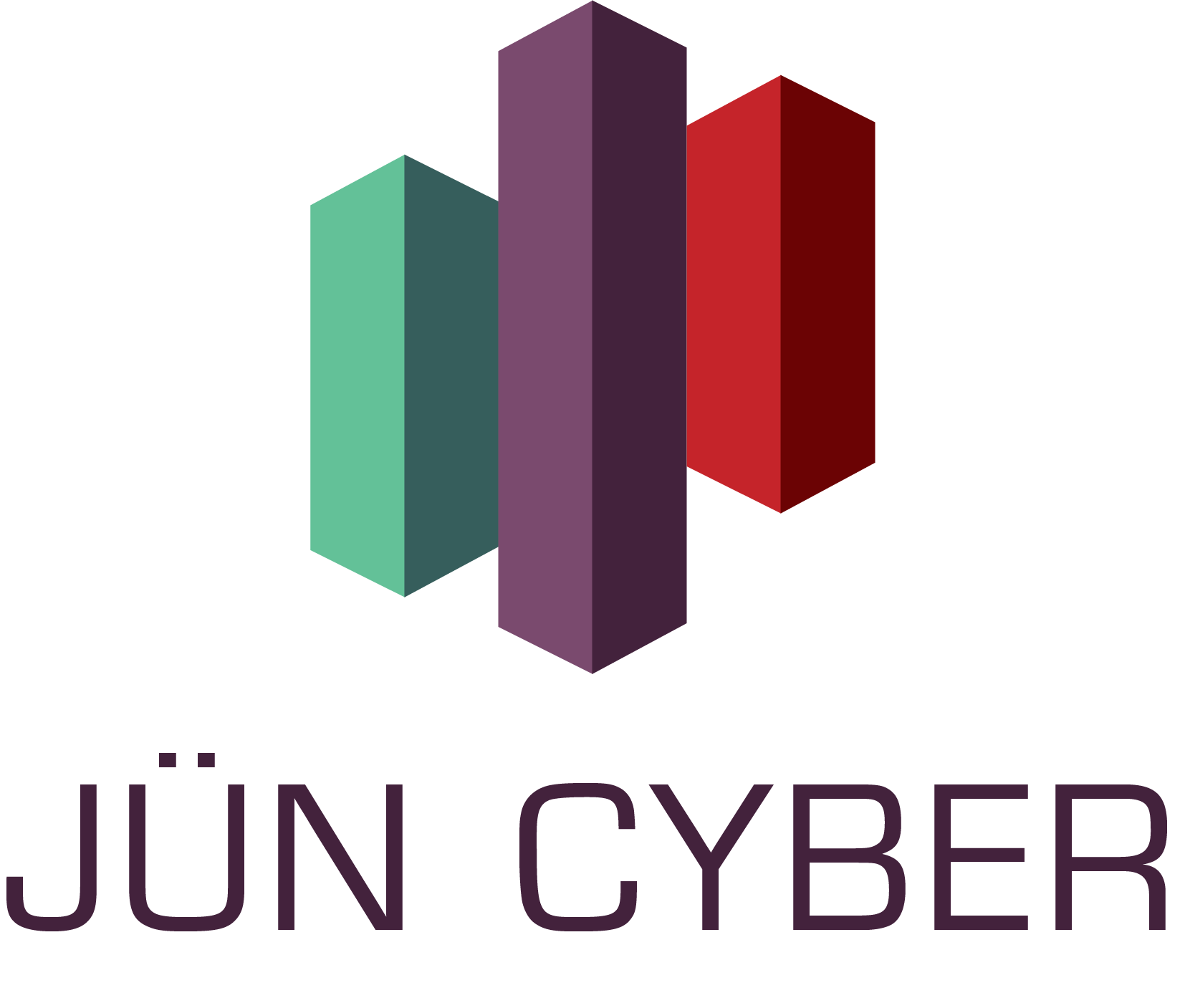
TL;DR:Organizations must gear up for ISO 27001:2022’s threat intelligence mandates by understanding key changes, adopting robust methods for gathering threat intelligence, and going beyond basic compliance to enhance cybersecurity resilience.
ISO 27001:2022 signifies an evolution from the 2013 benchmark, pivotal in reinforcing information security management practices. It prescribes the criteria for entities to augment their defenses against cyber threats, ensuring data confidentiality, integrity, and accessibility. Compliance with ISO 27001 underscores an organization’s proficiency in adeptly managing data security risks, a core aspect of ISO 27001:2022 Threat Intelligence.
Globally, recognition of ISO 27001’s importance in protecting sensitive data and sustaining stakeholder confidence is growing. Aligning with ISO 27001:2022 not only proactively addresses cyber threats but also reaffirms an organization’s allegiance to premier information security standards.
Synopsis of ISO 27001:2022
Pertinent advancements in ISO 27001:2022 aim to bolster cybersecurity stances. Refreshed and new thematic provisions underscore threat intelligence. The standard insists on crafted processes to procure and scrutinize threat intelligence, reinforcing cybersecurity defenses.
Moreover, it’s obligatory for entities to pinpoint possible threat agents, evaluate system susceptibilities, and discern potential exploits. Effective threat intelligence utilization permits organizations to outpace cyber threats and engage in proactive risk mitigation.
The Essence of Conforming to ISO 27001 Standards
Conforming to ISO 27001 is not just a formal necessity; it embodies a strategic asset for data asset preservation and operational endurance. Aligning with ISO 27001:2022 solidifies an authoritative risk management structure, boosts cybersecurity profiles, and instills stakeholder confidence.
Furthermore, ISO 27001 conformity underscores a commitment to data security excellence, market differentiation, and trust cultivation with clients, partners, and investors. Investing in compliance with ISO 27001:2022 arms organizations against cyber threats and cements their status as information security vanguards.
One of the key aspects of conforming to ISO 27001 standards is the emphasis on threat intelligence. This entails a comprehensive understanding of cyber threats, vulnerability identification, and proactive risk mitigation strategies. Organizations that invest in ISO 27001 compliance arm themselves against a myriad of cyber threats and establish themselves as leaders in information security.
Key Talking Points:
- Strategic Asset for Data Asset Preservation and Operational Endurance: ISO 27001 compliance serves as a strategic asset, ensuring the preservation of data assets and operational resilience in the face of evolving cyber threats.
- Boosting Cybersecurity Profiles and Instilling Stakeholder Confidence: Conforming to ISO 27001 enhances cybersecurity profiles, instilling confidence among stakeholders regarding data security measures and practices.
- Commitment to Data Security Excellence and Market Differentiation: Compliance with ISO 27001 signifies a commitment to data security excellence, market differentiation, and building trust with clients, partners, and investors.
Fundamental Modifications in ISO 27001’s 2022 Revision
The 2022 ISO 27001 revision introduces pivotal changes for strengthened cybersecurity adherence and information security management. Core adjustments include reformatted controls, new thematic scopes, and pronounced directives on threat intelligence.
The restructured controls reflect the rapidly transforming cyber threat landscape, urging organizations to adopt increasingly sophisticated and effective defense strategies.
Unveiling New Thematic Areas
The 2022 update unveils new thematic areas necessitating ISO 27001 compliance, covering a vast array of cybersecurity facets such as data leakage prevention and secure coding. Integrating these areas fortifies vulnerability identification, incident response enhancement, and overall cybersecurity posture reinforcement.
Emphasizing Threat Intelligence
ISO 27001:2022’s spotlight on threat intelligence as a fundamental security management component is telling. This intelligence is key in anticipating, detecting, and responding to cyber threats.
Entities must showcase systematic threat intelligence collection and analysis, encompassing threat actor identification, threat model application, vulnerability understanding, and potential exploit recognition.
Grasping ISO 27001:2022’s Threat Intelligence Prerequisites
ISO 27001:2022 sets forth new mandates for bolstering cybersecurity by prioritizing threat intelligence. Entities must exhibit a definitive threat intelligence collection and analysis process.
Understanding the gathering and analysis of threat intelligence is pivotal. This entails identifying threat actors, applying threat models, recognizing system frailties, and comprehending feasible exploits.
Essential Points for Compliance Comprehension
Achieving ISO 27001:2022 compliance mandates that entities adopt measures addressing emergent threats. This encompasses aspects like data breach prevention, web traffic control, uninterrupted ICT systems operation, physical security supervision, change management, secure software development, and notably, threat intelligence.
Approaches to Amass Detailed Threat Intelligence
To reinforce cybersecurity stances, entities must employ proactive methodologies to amass threat intelligence insights. Specialized software is central, offering a proactive defense against imminent threats.
Transcending Mere Compliance
In cybersecurity compliance, surpassing the minimum prescribed benchmarks is as critical as meeting them. A proactive stance with continuous monitoring and threat intelligence infuses security protocols with resilience against sophisticated cyber threats.
Conclusion and Advice
In conclusion, ISO 27001:2022 beckons entities to enrich their cybersecurity frameworks, preparing them against an evolving threat landscape. Organizations should integrate potent threat intelligence and proactive security strategies, ensuring a fortified stand against cyber threats and readiness as compliance deadlines beckon.
In light of threat intelligence’s pivotal role in the ISO 27001:2022 standard, it’s clear that organizations need reliable partners to navigate the complexities of cybersecurity. JunCyber stands at the forefront of cybersecurity solutions, offering state-of-the-art services that cater to the nuanced needs of modern-day organizations.
Ready to enhance your cybersecurity resilience in preparation for ISO 27001:2022 compliance? Contact JunCyber now and take the first step towards a more secure future.
Link to the original article: https://www.cyberdefensemagazine.com/how-to-prepare-for-iso-270012022s-threat-intelligence-requirements/
